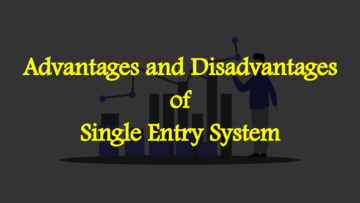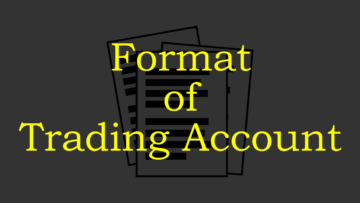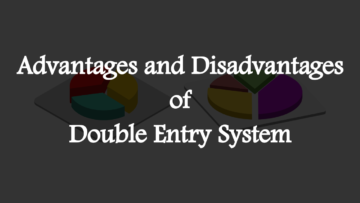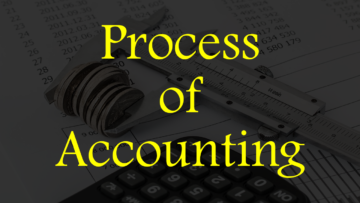Mistakes that occur during accounting work are called accounting errors and these can happen due to many reasons like forgetting to enter a transaction, entering a transaction more than once, entering wrong transactions due to lack of accounting knowledge, etc. These errors can cause a lot of problems in the accounting process like mismatch of balances, incorrect reports, etc., so these errors have been classified into different parts to make them easier to understand and rectify.
Accounting errors can be classified into many parts but mainly it is classified into four parts such as error of principle, error of commission, error of omission, and compensating error. All types of errors have their own features, and they are understood and rectified according to their features.
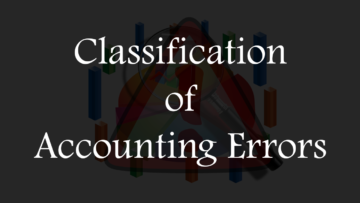
Table of Contents
Classification of Accounting Errors
The classification of accounting errors is described below:
| Classification of Accounting Errors | – Error of Principle – Error of Commission – Error of Omission – Compensating Error, etc. |
1. Error of Principle:
Errors that occur due to a lack of accounting knowledge or non-adherence to accounting principles, concepts, rules, etc. are called errors of principle. This error mostly occurs due to confusion such as treating capital expenditure as revenue expenditure, treating capital income as revenue income, etc. For example, recording asset purchase in purchase account, etc.
2. Error of Commission:
Arithmetical mistake is called the error of commission. This error is a part of clerical error which includes error of omission. It includes wrongly entering the amount of the transaction, wrong totaling the amount, etc. In the error of commission, the accounting rule is followed correctly but the number is changed, and it can be detected in the trial balance, balance sheet, etc.
3. Error of Omission:
Forgetting to record a transaction is called an error of omission and is a part of clerical error which also includes the error of commission. Error of omission is divided into two parts a complete omission and partial omission.
- Complete Omission: Forgetting to enter a transaction completely is called a complete omission.
- Partial Omission: Forgetting to record a transaction incompletely is called partial omission.
4. Compensating Error:
When one mistake neutralizes another mistake, it is called a compensating error. Compensating error is not easily detected because in this the old mistakes get neutralized. For example, Rs 1000/- was to be credited to the sales account but the credit became Rs 100/- and Rs 1000/- was to be debited to the purchase account but the debit became Rs 100/-, in this case, this mistake will not be detected in the trial balance because both the debit and credit sides will be equal.
Read Also:
QNA/FAQ
Q1. How many parts is the error of omission divided into?
Ans: The error of omission is divided into two parts:
1. Complete Omission
2. Partial Omission
Q2. Forgetting to enter a transaction is which error?
Ans: Forgetting to record a transaction is an error of omission.
Q3. When one mistake neutralizes the other mistake then it is called which error?
Ans: When one mistake neutralises the other it is called a compensating error.
Q4. Mistakes that occur due to lack of accounting knowledge are called which error?
Ans: Mistakes caused due to lack of accounting knowledge are called error of principle?
Q5. Write some types of accounting errors.
Ans: Following are some of the types of accounting errors:
1. Error of Principle
2. Error of Commission
3. Error of Omission
4. Compensating Error, etc.



